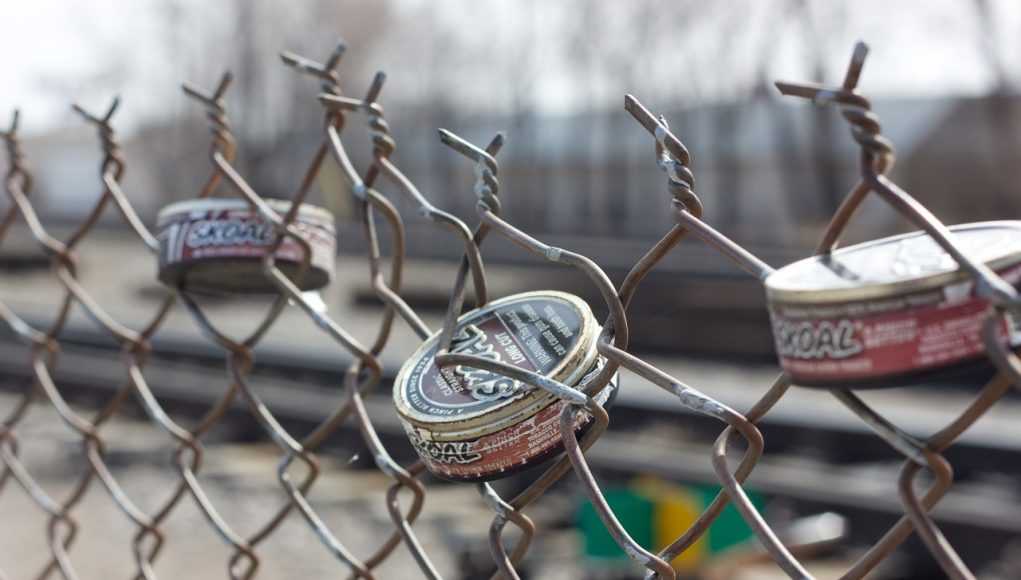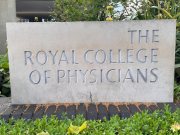Study author Lynn T. Kozlowski, analyzed results of Truth Tobacco Industry Document archives and transcripts of legislative hearings. Kozlowski proceeded to make evidence-based assessments accordingly.
The compiled data indicated that links between smokeless tobacco use and oral cancer only emerged following a much-publicized single case of a teenager dying of oral cancer, whilst public health concerns arose as a result of a successful marketing campaign advertising this kind of tobacco as a safer alternative to smoking.
Reaching a compromise on an inaccurate warning
“To avoid an addiction warning, the industry accepted a compromise ‘not a safe alternative’ warning, which had not been initially proposed and which the cigarette industry may have sought in order to constrain the smokeless tobacco industry. The evidence presented supported smokeless only as ‘not safe’ and not ‘as harmful as cigarette smoking.’” read the study abstract.
Kozlowski’s research concluded that sadly, the inaccurate comparative warning saying that smokeless tobacco is ‘not a safe alternative’, was not only agreed upon together with big tobacco, but of course it has been taken literally by the public and has led consumers to wrongly believe that smokeless tobacco is as harmful as smoking.




![Recent Conference Urged Nations Worldwide to “Quit [Smoking] Like Sweden”](https://www.vapingpost.com/wp-content/uploads/2024/04/vape-conference-238x178.png)




![Recent Conference Urged Nations Worldwide to “Quit [Smoking] Like Sweden”](https://www.vapingpost.com/wp-content/uploads/2024/04/vape-conference-180x135.png)


